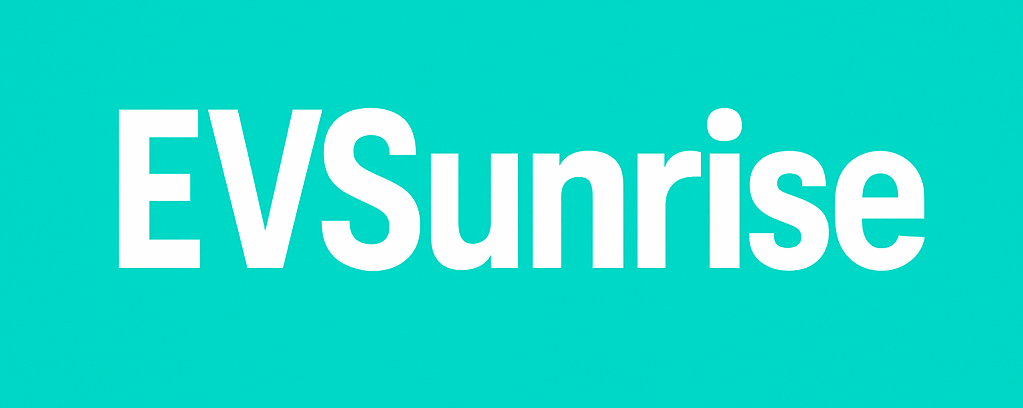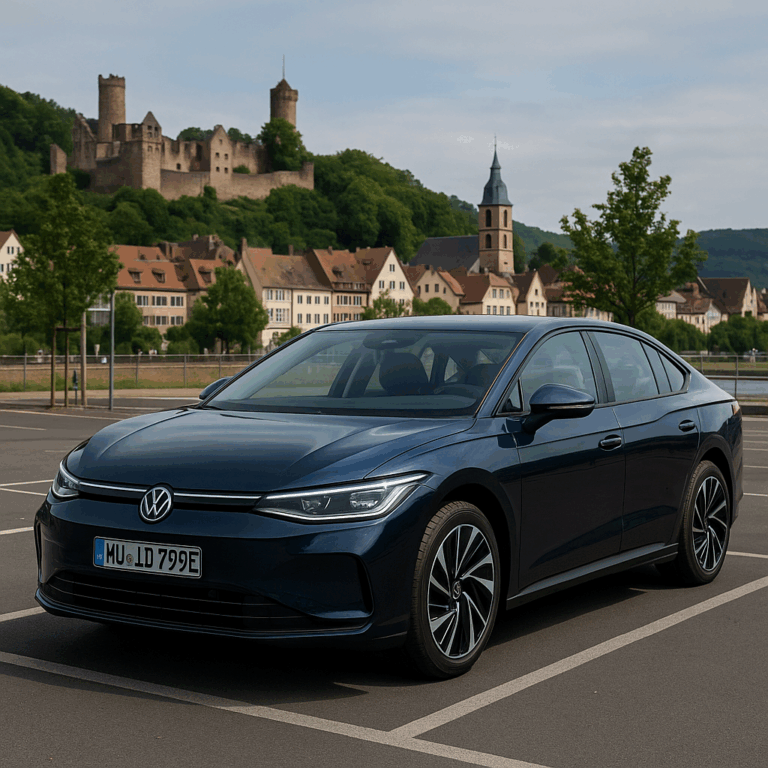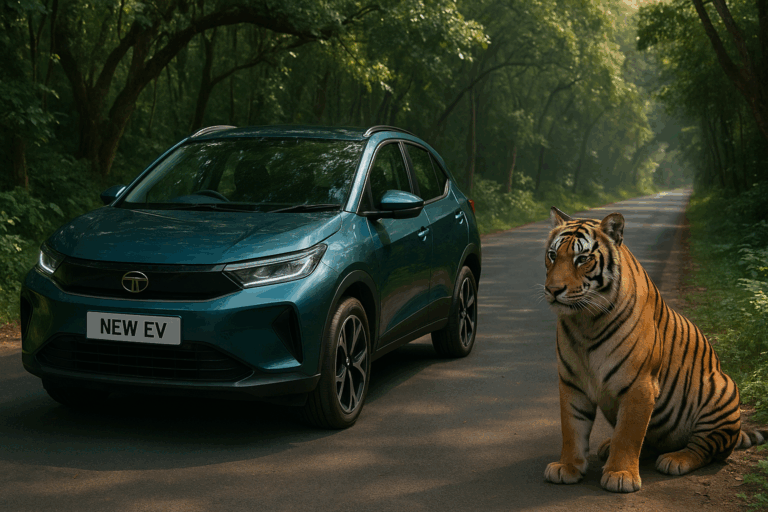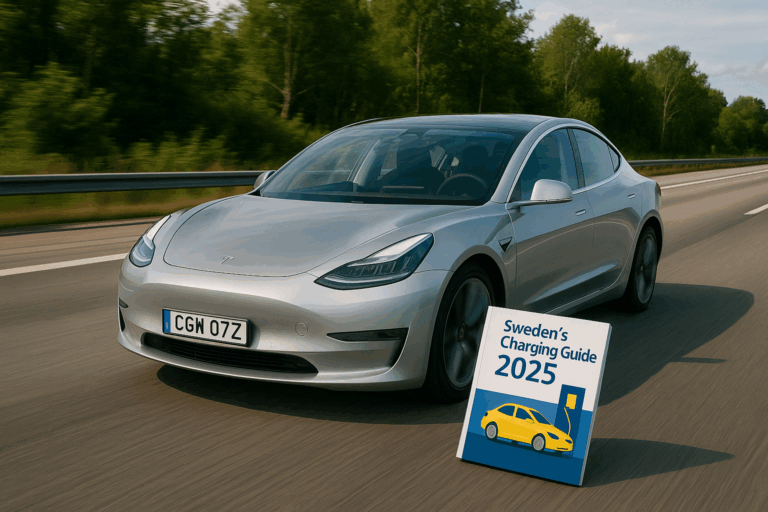Where to Charge Your EV in Seoul (2025): Best Spots, Fast Chargers & Insider Tips
Picture you’re cruising through Seoul—maybe the tranquil Namsan Park or bustling Gwangjang Market—and your EV gauge’s dipping. No one wants range anxiety, especially not in this megacity that thrives on smooth rhythm and seamless travel. Good news? Seoul’s EV charging infrastructure has matured into a reliable, accessible grid. Let’s go through the ins and outs.
🇰🇷 1. Seoul’s Bolt from the Blue
South Korea leads globally with roughly 563 public chargers per 1,000 EVs—far higher than places like the Netherlands or UK . In the capital alone, about 35,200 public stations were active by 2022, giving roughly 1.5 EVs per charger . That’s a robust spread—each charger in the city supports a moderate user load.
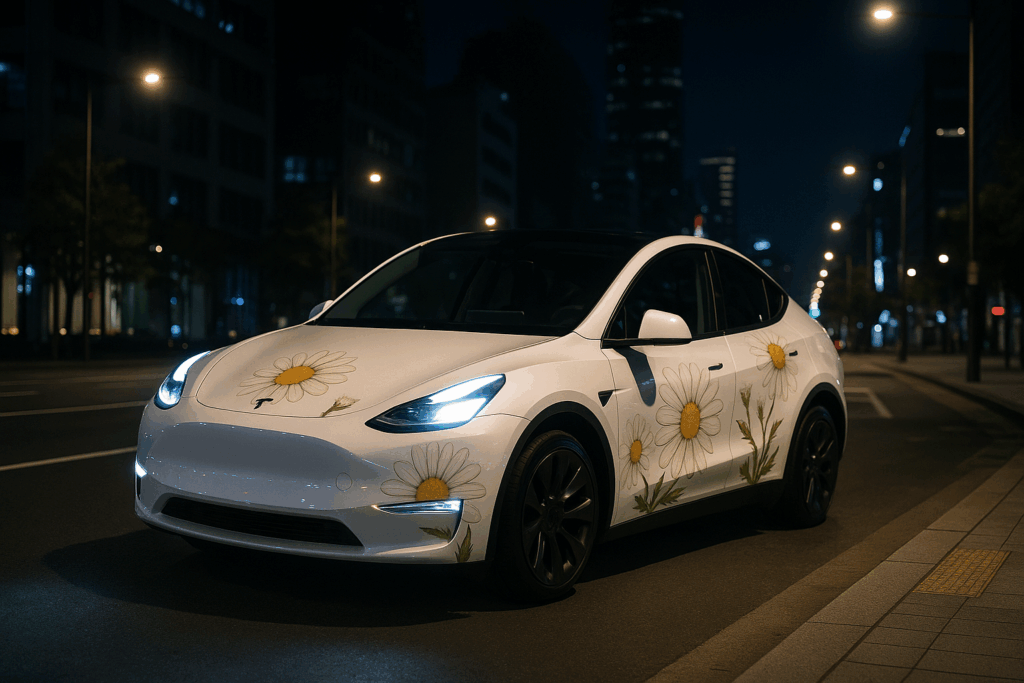
This didn’t appear overnight—it’s the result of national and city pushes backed by funding. In 2025, Seoul allocated KRW 375.8 bn (roughly USD 280 m) to add 4,400 fast chargers in dense areas. Plus, the national level pitched in with KRW 618.7 bn, up ~43 % from 2024. That’s serious green energy commitment right there.
📱 2. The Digital Toolkit: Apps & Platforms
No crystal ball needed—just a few smart apps:
- Tmap & Elecvery (by TBU): Introduced charger addresses via SMG, making navigation precise and user-friendly.
- KakaoMap & Naver Map: Essential local navigation tools; they’ve integrated EV stations’ locations and connector data.
- PlugShare & Electromaps: Global classics—PlugShare gives user reviews and photos, while Electromaps reports ~14,000+ chargers nationwide.
Bonus: community-led apps like Waze now show real-time live station status via user edits . Handy when chargers go on the fritz.
📍 3. Where the Chargers Hide: Seoul Highlights
Break it into zones:
A. Streetlight & Outdoor Chargers
Many curb‑side options near sidewalks and parking spots—thanks to the SMG initiative rolling out 200 addressable chargers by Aug 2023, scaling to 1,800 by mid‑2024. Ideal for quick top-ups between errands.
B. Public & Condo Garages
Charge spots in apartment complexes, office towers, and municipal car parks are plentiful—southern Seoul areas like Gangnam and Songpa included.
C. Highway & Expressway Stops
KINTEX, Goyang, and some rest stops now sport ultra-fast chargers—up to 46 DC fast connectors in big hubs.
D. Retail, Malls & Stations
Plenty of EV chargers are stationed at major retail spots—COEX Mall, Starfield, Lotte complexes—with available AC and some DC chargers.
E. High-Density Destinations
Train hubs like Gangnam, Yeouido, and Jamsil now typically include public DC or AC chargers in parking structures or near bus terminals.
⚙️ 4. Charger Types & Specs
Know this table by heart—Seoul’s infrastructure is a variety show:
| Charger Type | Typical Use Cases |
|---|---|
| AC Slow (Type 2/J1772) | Overnight charging at homes, condos, malls |
| DC Fast (CHAdeMO / CCS) | Highway stops, public parking, big malls |
| Ultra-Fast Hubs | 100+ kW connectors at major hubs |
Touts in 2025:
- CHAdeMO remains common at Korean DC stations.
- CCS is creeping in for newer models.
- Plug & Charge (ISO 15118) starts rolling out—simpler payments, smoother plug-in.
🛠️ 5. How to Charge in 6 Steps
- Pre-trip scan: Use Tmap, PlugShare, or Electromaps to map station points and types.
- Plan buffer stops: Space out when you’re low (~30%) to avoid stress.
- Arrive and choose your connector: CHAdeMO or CCS, depending on your car.
- Authenticate & pay: Card or app—Tmap allows direct navigation by address.
- Plug & wait: Monitor via app; time it with a coffee stop.
- Unplug and go: Replace cable, park out, and swipe again to end session.
Tip: Keep a couple of payment cards on hand—some chargers are network-exclusive.
💡 6. Savvy Tips for Seoul EV Users
- Rushed charger hubs: City centre fast chargers fill fast—go early or late.
- Streetlight stations: Great for daytime boosts during errands.
- Apps = saviors: Waze, Kakao, PlugShare—they flag broken or reserved chargers instantly.
- Condo living solution: Check your complex’s infrastructure if renting; many add charger modules.
- Highway jaunts: Quick stops with fast DC at rest areas work for intercity trips.
🚀 7. Policy & the Road Ahead
Seoul’s vision? 200,000 chargers by 2026—that’d be every home, mall, street pull-up, you name it.
- Smart charging (V2G & Peak management) is coming—grid stability work is underway.
- Consent rules got flipped—installing public chargers is now simpler, no local council friction.
- SMG’s “Autocharge” push—automatic plug-and-charge billing aims to remove friction.
Ultimately? A seamless EV experience—from driveway to highway to snack stop.
🔍 8. Sample Route: Plug, Explore, Repeat
- Start at Garosugil: AC charge while wandering boutiques.
- Pull up at COEX Mall: DC fast during lunch.
- Head to Goyang expo area: full-speed charging at large hub.
- Return downtown: streetlight top-up on Myeongdong evening stroll.
- Homebound with ~70%—ready for rest next morning.
🎯 Final Thoughts
Seoul’s charging network is no longer experimental—it’s circular, reliable, and growing rapidly. With tools like Tmap, Waze, Elecvery, and PlugShare, you’re never far from juice. Plus, policies are bending fast to support convenience.
